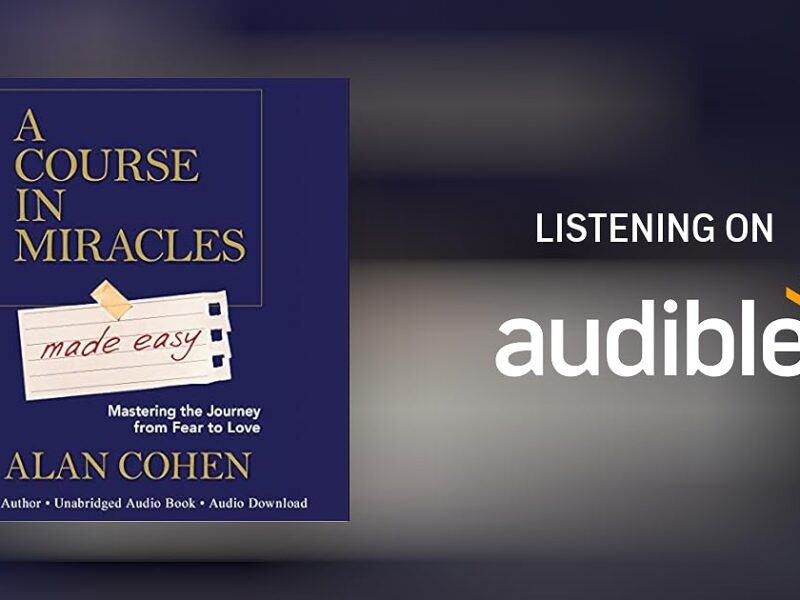It was just really nice to hear that there is a developing alternative method available for people to avail of IAS Academy in Delhi even outside the school premises. It was interesting to witness that the world has really been on its track towards globalization and progress. I agree that technological advancement is one of the most evident proofs for almost everyone. I believe that the development of distant education is on its way to being widely accepted by both students and educators because of its inherent and obvious benefits for parties (students and teachers), the government and the business sector. My stand is that distant education, online education, or interactive education, whatever anyone prefers, as an alternative method of knowledge acquisition cannot and should not replace traditional classroom education even if it be an indication of the world’s progress.
Andrew Feenberg, in his article entitled “Reflections on the Distance Learning Controversy” has clearly shown favor for the online education as one of the pioneers of such program. His admiration for the purpose of the program is so obvious when he said that “the virtual classroom was a place of intense intellectual and human interaction” (A. Feenberg). I am personally in favor of pursuing distant education, knowing that such method can help a lot non-traditional students. It maybe possible that “intense intellectual and human interaction”, as Feenberg claimed, can happen in online education. This is so because intelligent and smart students can be found anywhere else in the world, regardless of their nationality and age, as well as teachers. I also agree that such kind of students can be shaped by online education but like traditional classroom learning, the case is relative. I said so because learning depends on how eager and dedicated students are.
For Feenberg to say that “the quality of these online discussions surpasses anything I have been able to stimulate in my face-to-face” is something I would have to strongly disagree with. Feenberg spoke of his personal experience as an online teacher. The bias here is that not all teachers find the same thing. Linda Sweeney, in her article entitled “Guidelines for Being a Good Online Student” expressed her frustration in having students with bad learning habits who are to be kept reminded of their schedules. The obvious factor here is attitude. One problem with online education is the attitude of instructors, students, and administrators (D. Valentine). The quality of education depends on how the parties involved behave towards online education and how much importance do they place on the program. As one Professor stated, “The students’ interest, motivation, questioning, and interaction must be on display throughout the learning process” (A.Arsham). As with the traditional classroom lectures, students and teachers interaction is vital in the learning process. The personal exchange of information and views are indications that both parties are interested on what they are discussing about. When students make queries or clarifications on the lesson, it means that students are taking things seriously.
Face-to-face class discussion has the advantage of on-the-spot monitoring of those who are showing interest because the students and teachers are physically with each other at the same time and at the same place. This means that checking the students’ attitudes is immediate. This is hardly possible with distance learning where teachers have to do time-consuming e-mail just to remind students of their schedules. So Feenberg cannot absolutely claim that online discussions can surpass that one done with face-to-face. It is however admirable for Feenberg to admit that distance learning systems cannot replace face-to-face classroom education, as he stressed in his conclusion.


